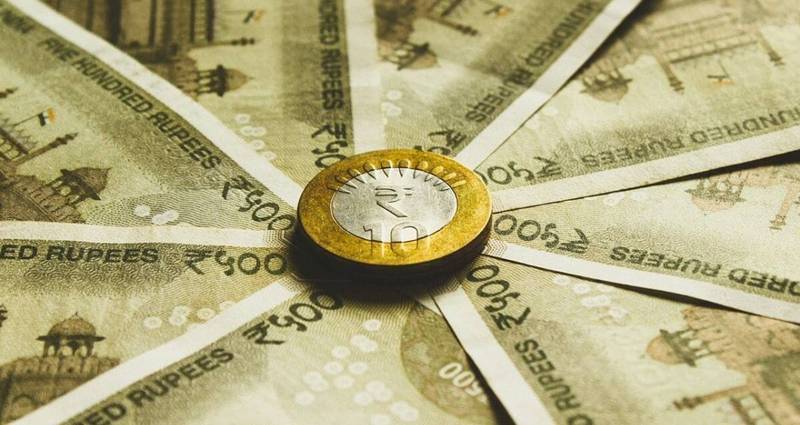After the July 2022 RBI circular allowing rupee invoicing, payment, and settlement of commerce (exports/imports), the phrase “rupee invoicing” became popular.
The new Foreign Trade Policy (FTP) 2023 suggests that both trade partners raise their invoices and settle payments for their transactions on a bilateral basis in rupees, which is intended to push exports onto the wheels of rupee invoicing. The architecture enables trade settlement via Special Rupee Vostro Account, market-determined exchange rates between currency pairs of the trading partners, and invoicing of exports and imports in rupee (SRVA).
According to the BIS Triennial Central Bank Survey 2022, the dollar was the most prevalent currency in terms of foreign exchange market turnover (daily averages), accounting for 88% of the worldwide FX turnover in. 2022, the rupee accounted for just 2% of the total volume of the world’s currency markets, trailing the Euro (31%), Japanese Yen (17%), and British pound (13).
According to COFER data from the IMF, the dollar held 58.4% of the world’s foreign exchange reserves in the fourth quarter of 2022, followed by the euro (20.5), the Japanese yen (5.5), the British pound sterling (5.0), the Chinese renminbi (2.7), the Canadian dollar (2.4), the Australian dollar (2), and the Swiss franc (0.2); India’s share was insignificant.
Rupee invoicing has many advantages, particularly when there is political turmoil or when India’s main trading partners are subject to economic restrictions.
The total number of SRVAs reached 60 in a matter of seven months, indicating that India’s policy of encouraging trade in rupees is gaining steam. (March 14 Rajya Sabha question). To encourage rupee trade abroad, 18 nations have opened SRVAs. India had a trade deficit with eight of these nations in FY22: Botswana, Germany, Guyana, Malaysia, Myanmar, Oman, Russia, and Singapore.
However, the efficacy of rupee trade ultimately depends on whether India has a net trade surplus or deficit with the involved trading partners, as well as the volume of rupee trade relative to total bilateral trade.

